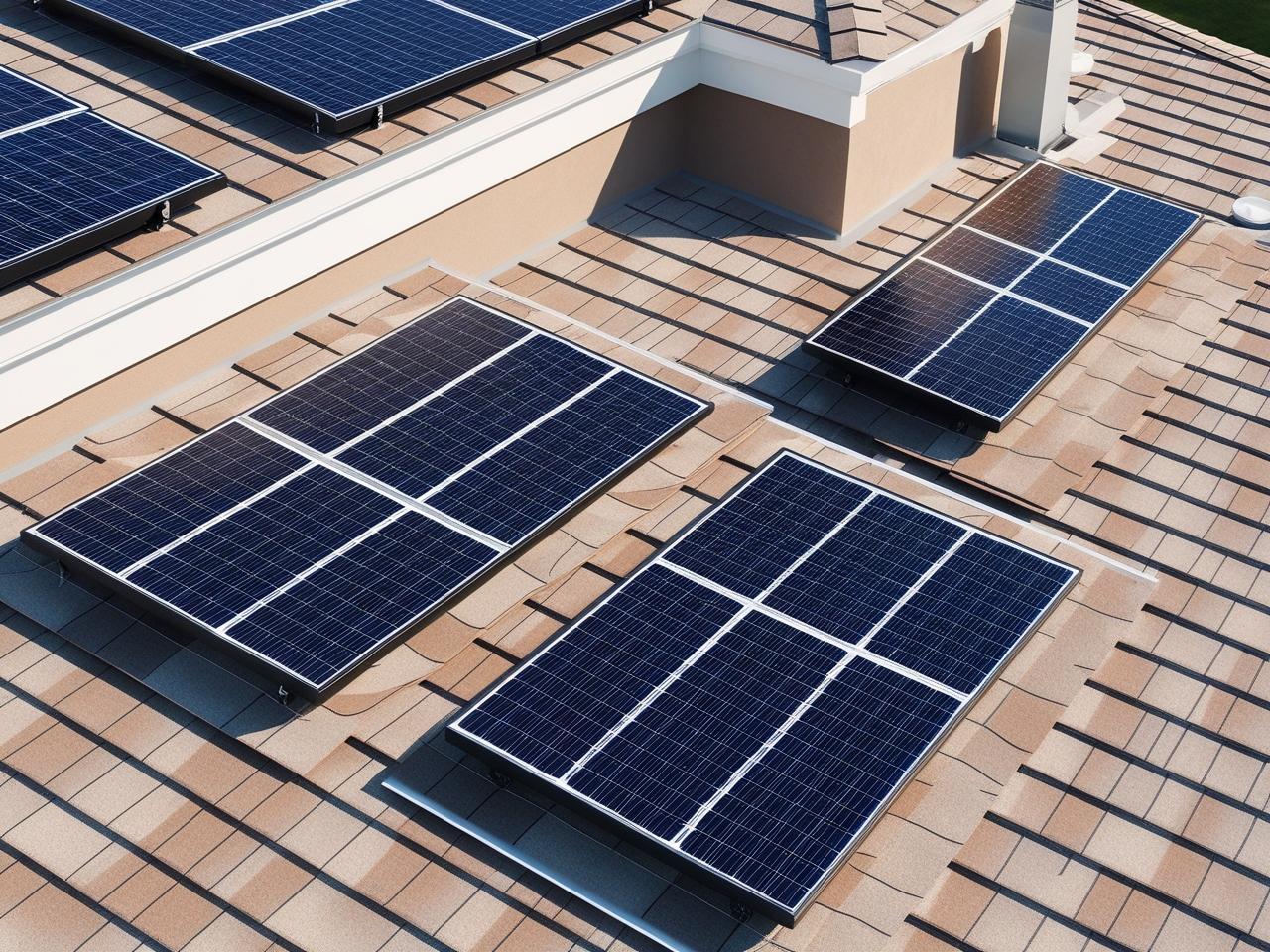Summary: Discover how energy-efficient roofing options can reduce your energy bills and minimize your environmental impact.
Introduction: Roofing for a Greener Future
In today's world, energy efficiency is a top priority for homeowners. Your roof plays a significant role in regulating your home's temperature, and choosing energy-efficient roofing materials can significantly reduce your energy consumption and lower your utility bills. This article explores various options for creating a more energy-efficient roof.
Cool Roofs: Reflecting the Sun's Heat
Cool roofs are designed to reflect sunlight and reduce heat absorption, keeping your home cooler in the summer. They are typically made with reflective materials or coatings and can significantly lower roof surface temperatures. This reduces the amount of heat transferred into your home, lessening the burden on your air conditioning system.
Green Roofs: A Living Ecosystem
Green roofs are covered with vegetation, creating a living ecosystem on your roof. They offer numerous benefits, including improved insulation, reduced stormwater runoff, and enhanced air quality. While the initial cost of installing a green roof is higher, the long-term benefits and environmental advantages make it an attractive option for some homeowners.
Solar Roofing: Harnessing the Power of the Sun
Solar roofing integrates solar panels directly into your roofing system, allowing you to generate clean energy and reduce your reliance on traditional power sources. Solar shingles or tiles can seamlessly blend into your roof's design, providing both aesthetic appeal and energy-generating capabilities. While the upfront investment can be significant, government incentives and long-term energy savings can make solar roofing a financially viable option. This technology not only reduces your carbon footprint but can also provide a return on your investment through energy cost savings and potential income from selling excess energy back to the grid.
Proper Ventilation: Breathing Easy
Proper roof ventilation is essential for maintaining a healthy and energy-efficient home. Adequate ventilation allows hot air to escape from your attic, preventing it from overheating in the summer. This reduces the strain on your air conditioning system and helps keep your home cooler. Proper ventilation also prevents moisture buildup in the attic, which can lead to mold growth and structural damage. Ridge vents, soffit vents, and gable vents are common ventilation methods that work together to create a balanced airflow.
Insulation: The Key to Comfort
While roofing materials play a role in energy efficiency, proper insulation is crucial for maintaining a consistent temperature inside your home. Adequate insulation in your attic and roof assembly prevents heat transfer, keeping your home warmer in the winter and cooler in the summer. This reduces the workload on your heating and cooling systems, saving you energy and money. Consider upgrading your insulation along with your roofing project to maximize energy efficiency.
Choosing the Right Contractor: Expertise Matters
Installing energy-efficient roofing requires specialized knowledge and expertise. Choosing a qualified roofing contractor with experience in installing cool roofs, green roofs, or solar roofing systems is essential for a successful project. Ask potential contractors about their experience with energy-efficient roofing and check their credentials and certifications. A reputable contractor will be able to guide you through the process and ensure a proper installation.






-NRn5h3KpkwFhk3rdmqCGNdU4454WoO.jpg&w=3840&q=75&dpl=dpl_GQLBjRZxFpmXKKuDxvyS3JRoK3Y9)
-wW9WMat4GrYUDpt7khKPrDJJb2C3b7.jpg&w=3840&q=75&dpl=dpl_GQLBjRZxFpmXKKuDxvyS3JRoK3Y9)

-mc2l8YkluXHrARFpF50XqzBfhWI8Ly.jpg&w=3840&q=75&dpl=dpl_GQLBjRZxFpmXKKuDxvyS3JRoK3Y9)



-WZPBKzuLHzCgfaMJ9wRLmMFyKv8kB8.jpg&w=3840&q=75&dpl=dpl_GQLBjRZxFpmXKKuDxvyS3JRoK3Y9)

-bj28viAB8hpn8uCKX8wuNyjVpYd2E2.jpg&w=3840&q=75&dpl=dpl_GQLBjRZxFpmXKKuDxvyS3JRoK3Y9)
